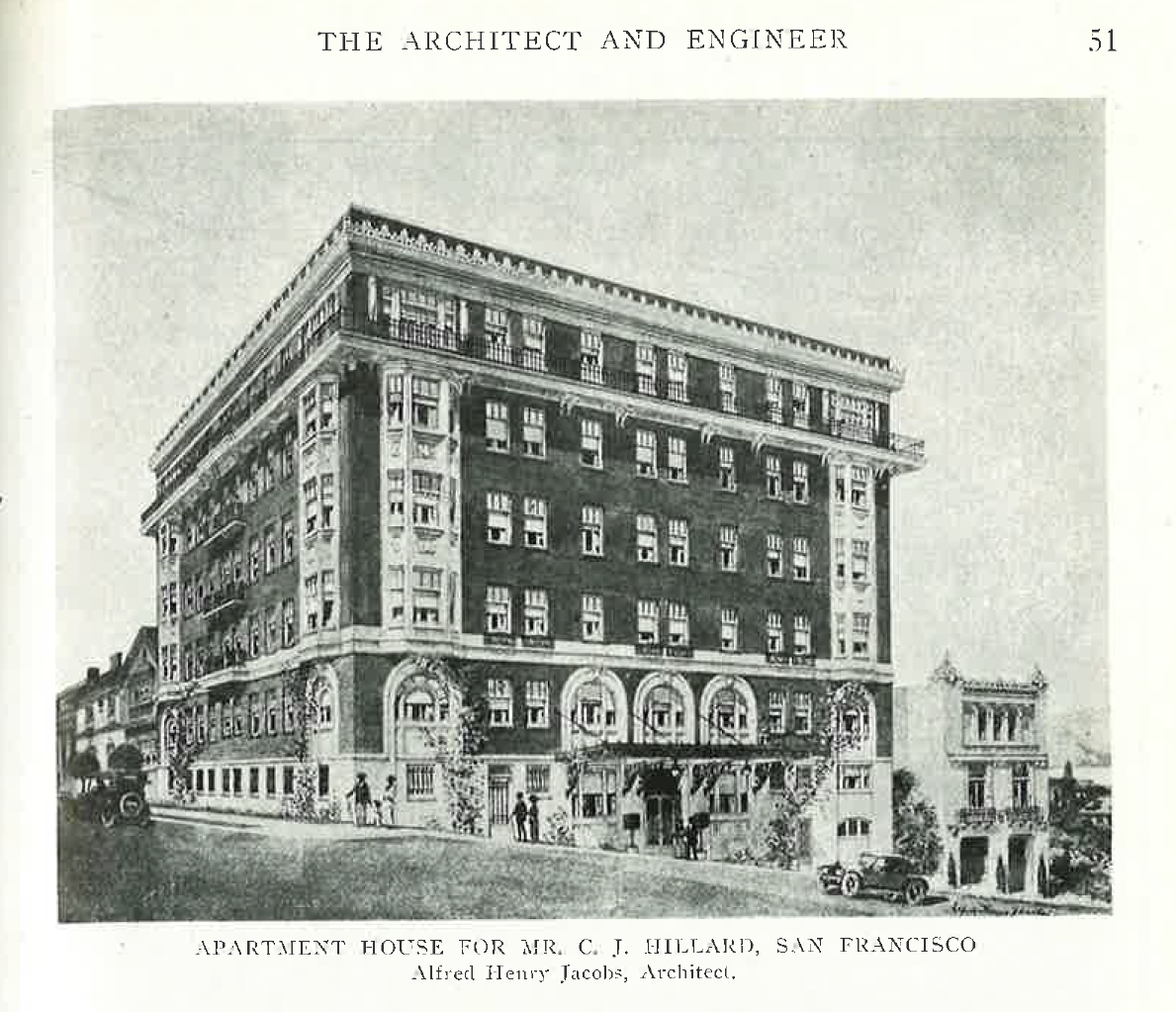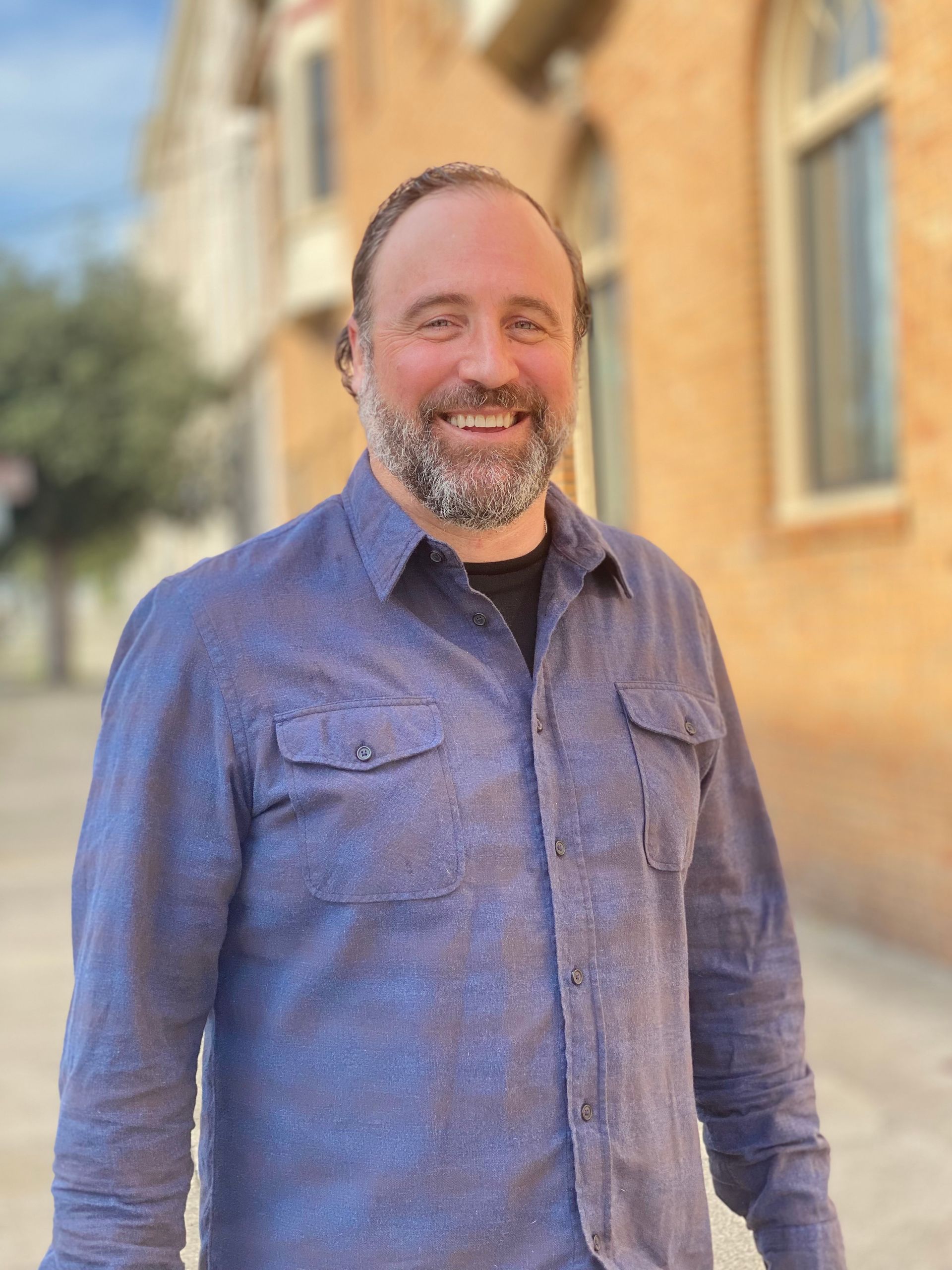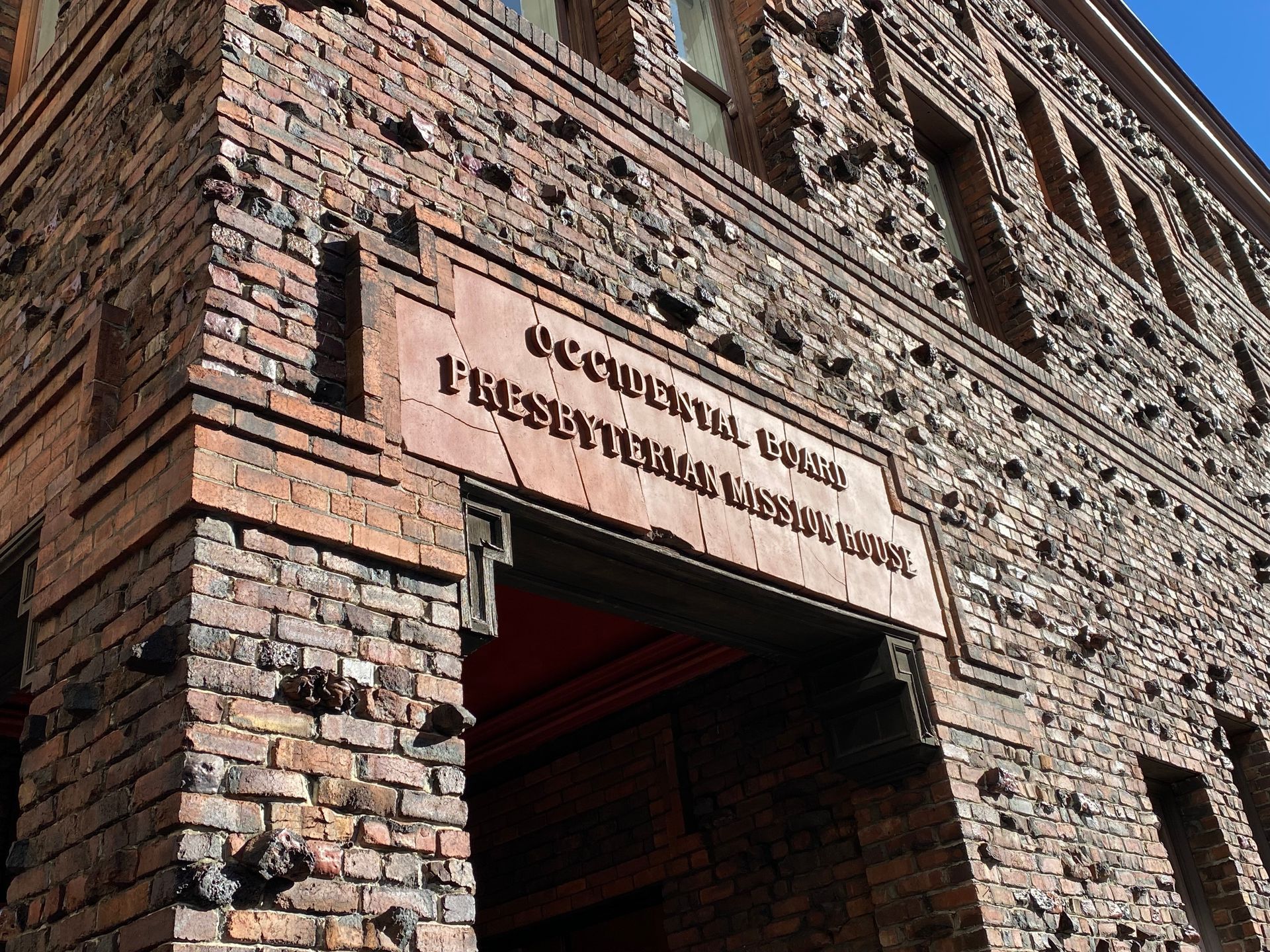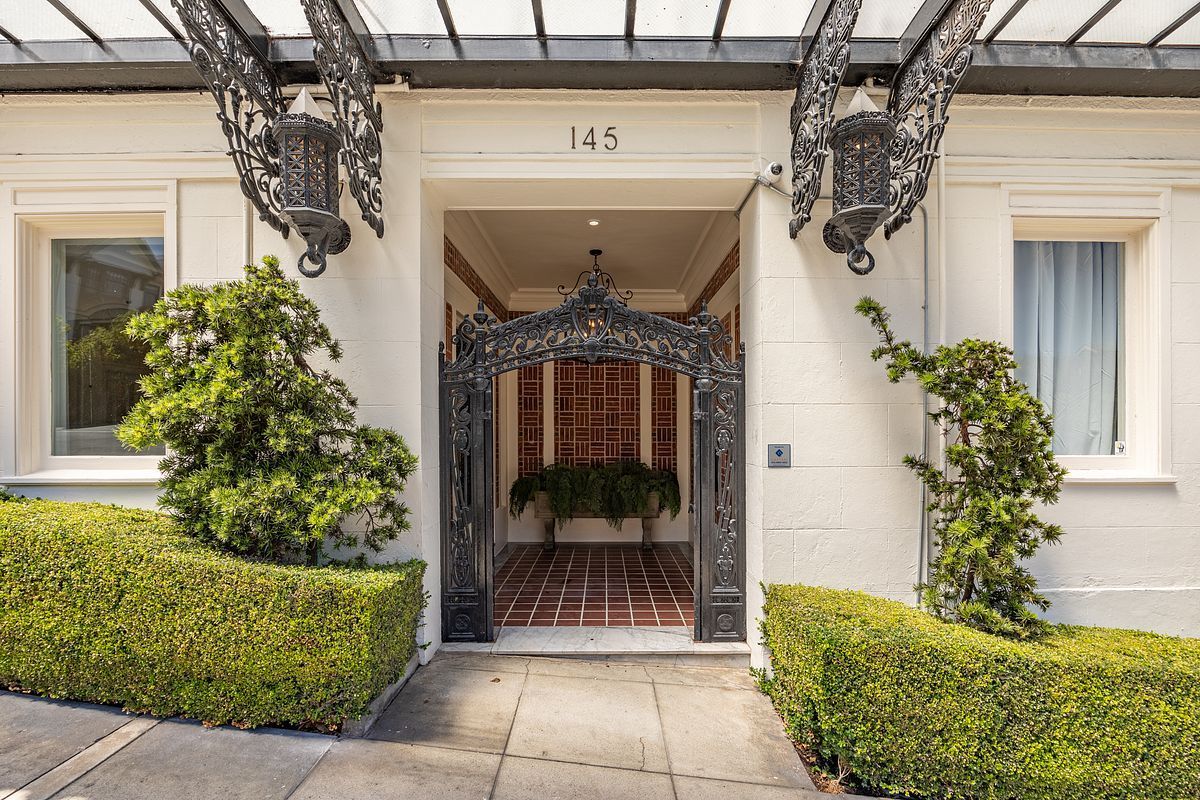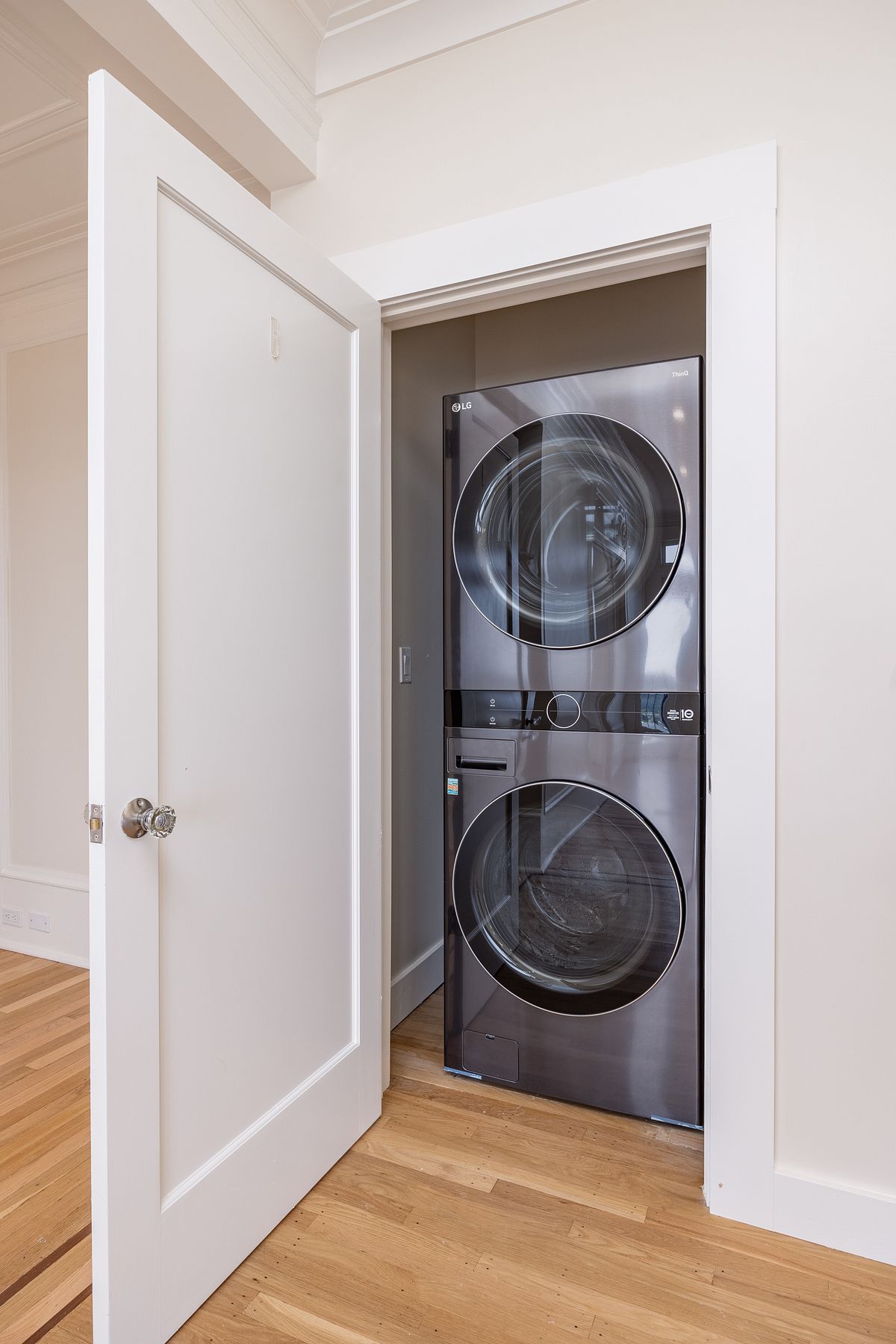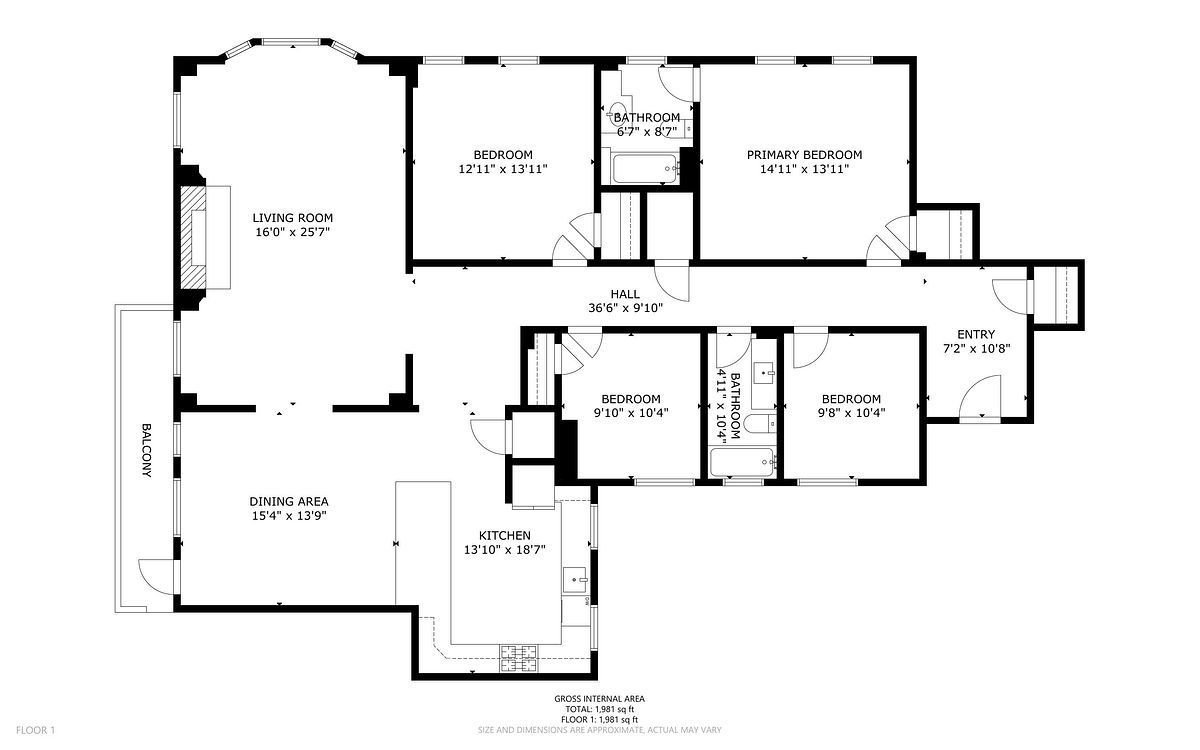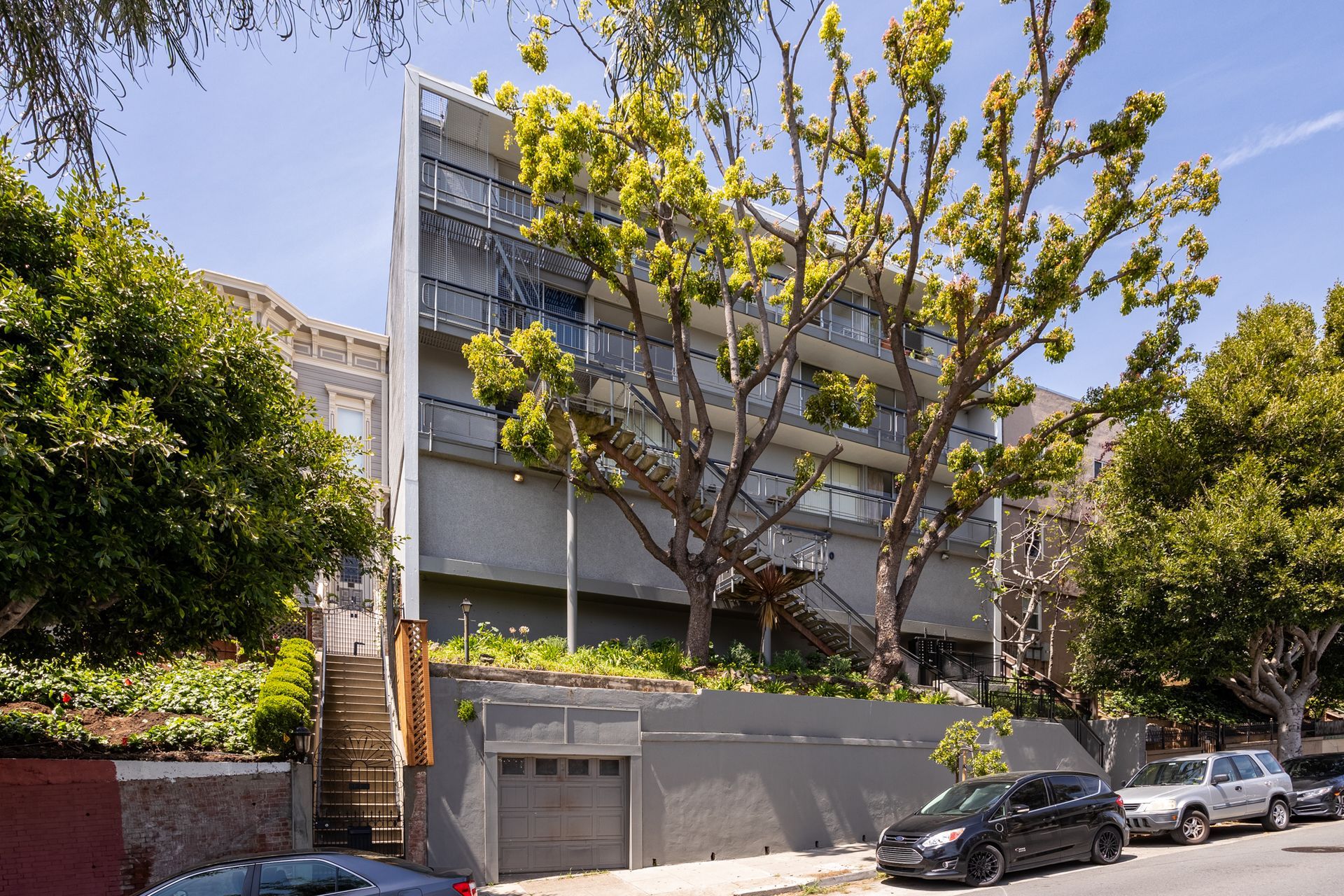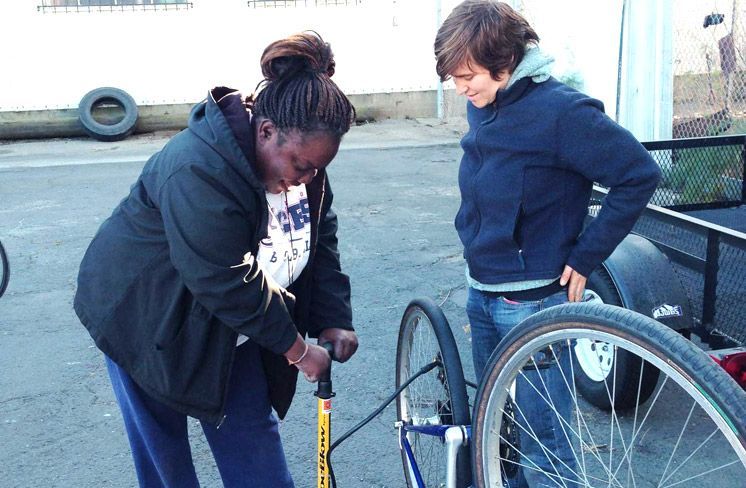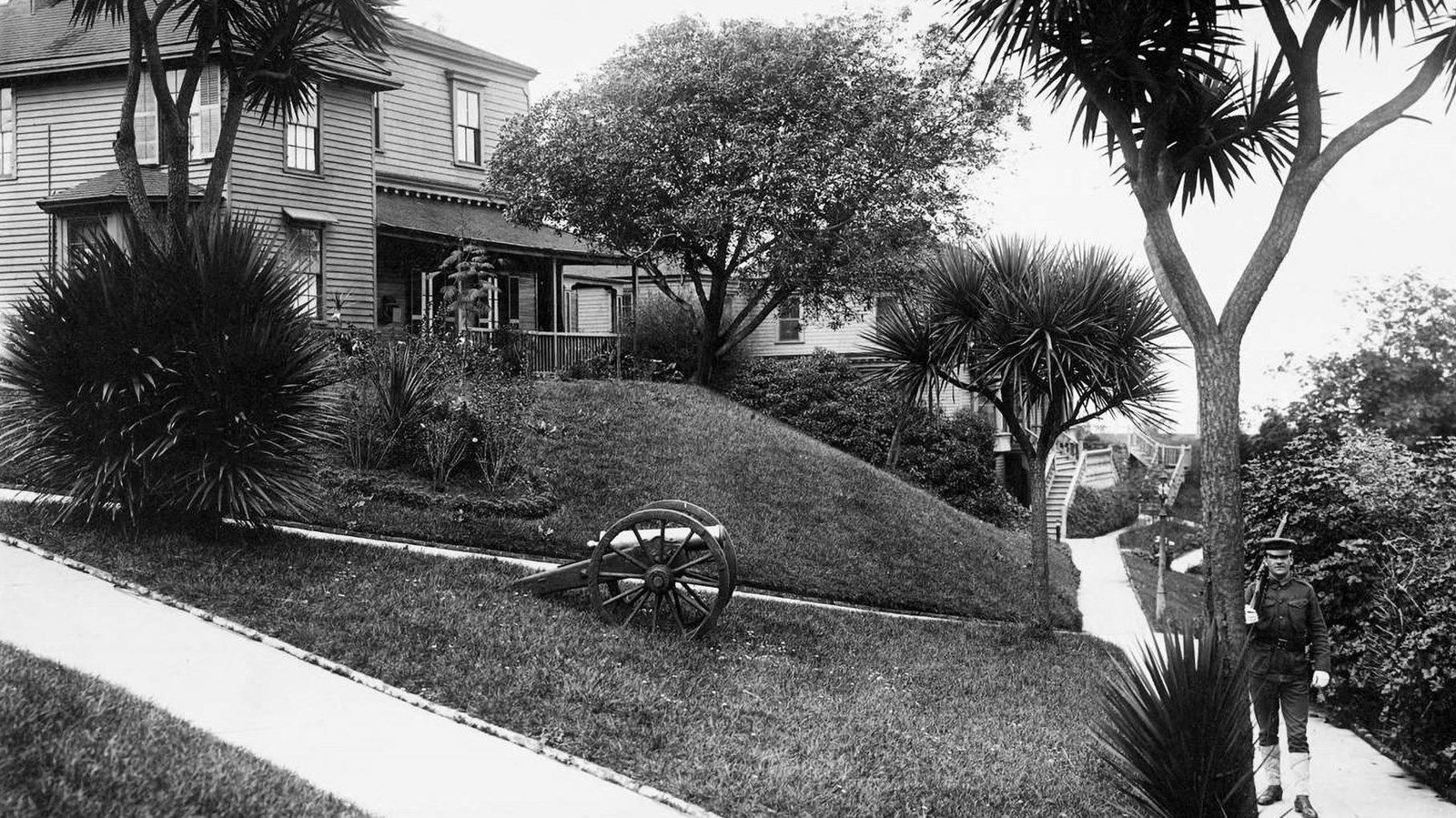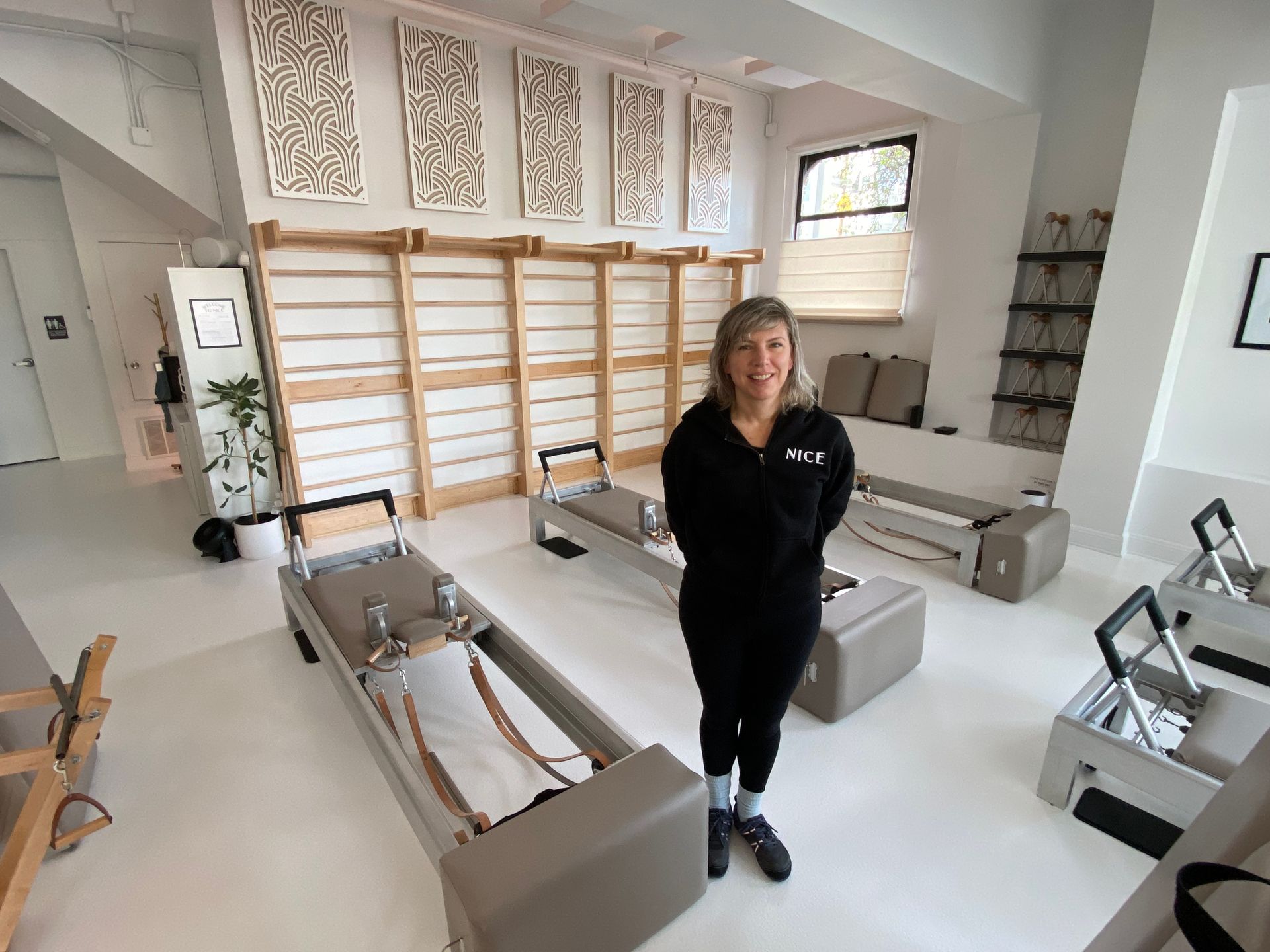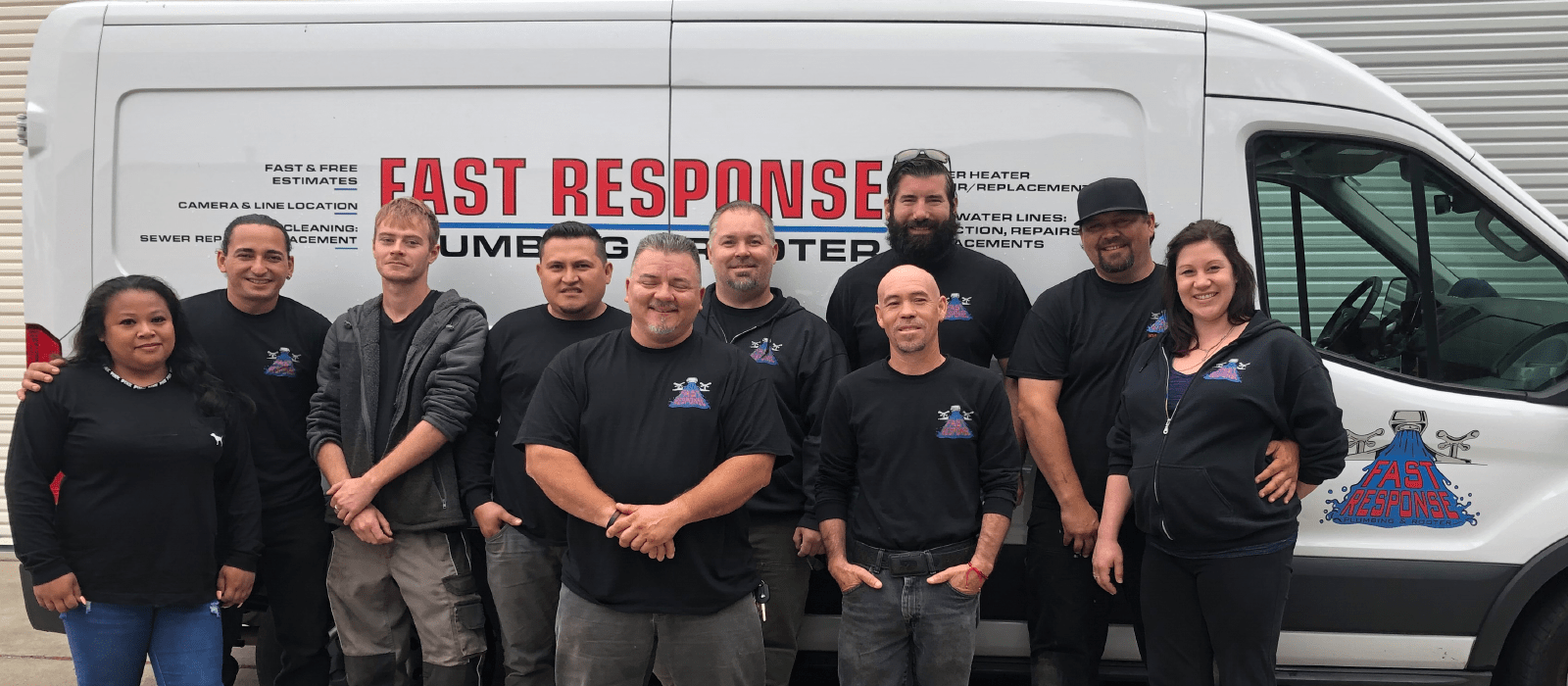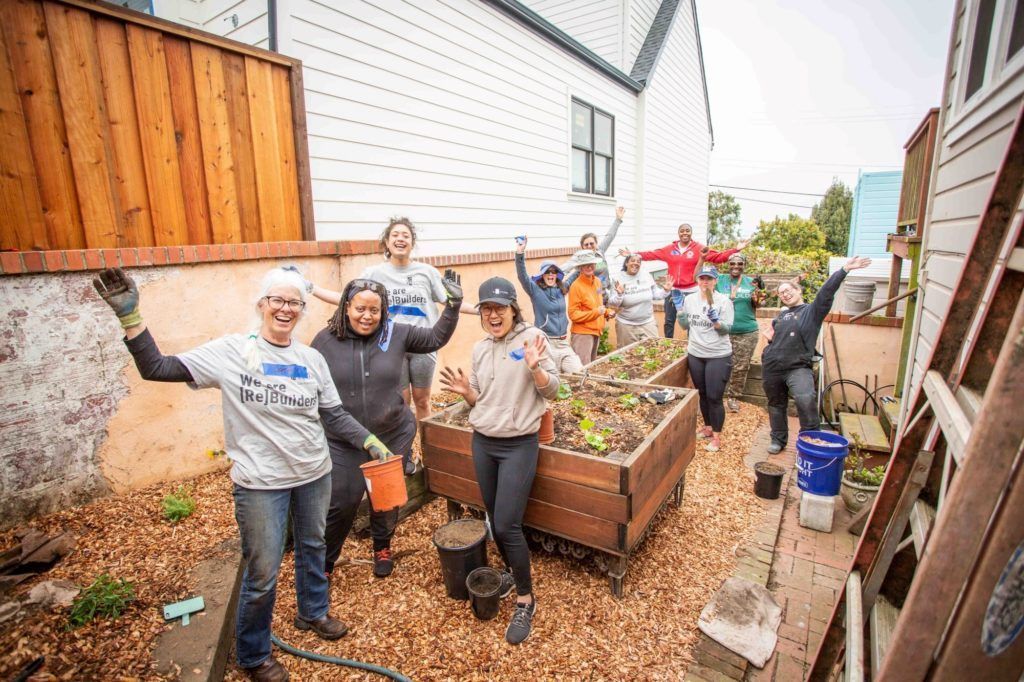145 Laurel: Testament to San Francisco's Resilience
In post-1906 Earthquake San Francisco, signs of the city’s resilience were everywhere: A new City Hall (built without a dime of graft, it's claimed); The Pan-Pacific International Exposition that briefly turned the Marina into a fantastic European metropolis; and remarkable residential buildings such as the Gaetani-managed 145 Laurel, constructed between 1919 - 1921, which projected a regained confidence as well as a refined aesthetic which furthered the image of San Francisco as the “Paris of the West.”
The time was right, surmised the builder, J.C. Hiller, for San Francisco to boast New York-style apartment buildings, so for a cost of around $350,000 (or about $6.5M today), Hiller hired Alfred Henry Jacobs, a local architect who had designed such buildings as the Curran Theater, and set to work. An article about such modern apartment buildings appeared in the September 1919 edition of the journal Architect and Engineer, and offered this favorable description of "The Hillard," noting that "The majority of tenants occupying large apartments come from homes and also have country houses-hence the necessity of giving them all the luxuries they have been accustomed to, plus the economies and conveniences resulting from community or apartment house living."
It went on to compliment the construction and amenities, which included a view of the pre-bridge Golden Gate, San Francisco Bay, and the Marin Headlands:
"The building will contain fifteen apartments, covering five floors, and the two lower stories will contain, in addition to a Caen stone and marble lobby, servants' quarters, laundry, garages and other necessary adjuncts of such a structure. The apartments will contain six rooms and two baths and seven rooms and three baths respectively, and the rents will range from $250 to $350 a month. This is about one-third of what is paid in New York and other large Eastern cities for apartments of this class, and is a very distinct economy when compared to the cost of maintenance of homes of similar character. The building will be class A and fireproof, the frame being of steel, the exterior of brick and the floors of concrete."
By 1969, the building's first heyday had come and gone, and it was in need of a significant renovation. That's when it was purchased by the grandparents of its current owner, Marty Friedman, and given a significant overhaul of the interiors. They lived there until their deaths, his in 1990 and hers in 1999.
Marty's uncle took over management of the building in the 1980s, and also undertook major improvements, this time to the structure as well as the interiors. He added a second level of parking to the garage and two more apartments to the original 15 unit configuration.
Along the way, the building was the backdrop for the movie "Die Laughing," starring Robbie Benson, Linda Grovenor, Bud Cort (of Harold & Maude fame), Charles Durning, as well as SFSU grad Peter Coyote. Bay Area music legend Linda Rondstadt made "The Hiller" her home, as did 1990s KPIX and ABC News Medical Correspondent, Dr. Nancy Snyderman.
In 2021, Marty and his wife became third-generation resident owners of the building, and true to the stewardship of their predecessors, set about modernizing the structure to meet the needs of today's tenants. Using the COVID exodus from the city as an opportunity, he made extensive upgrades to all the units, most of which had become vacant, adding washers and dryers in all the apartments, as well as improvements to the common areas with a gym, a package room, a dog-washing station, new door hardware, a new entry system, and dedicated tenant storage areas. Additionally, he replaced the roof, repaired the exterior brickwork, modernized the elevator, and added a rooftop antenna that serves all the first responders in the inner Bay Area.
This forward-looking investment ensures that 145 Laurel will remain a symbol of San Francisco's resilience. And with all these attractive upgrades the building, needless to say, is now full again.
Photos by Alex Akamine
